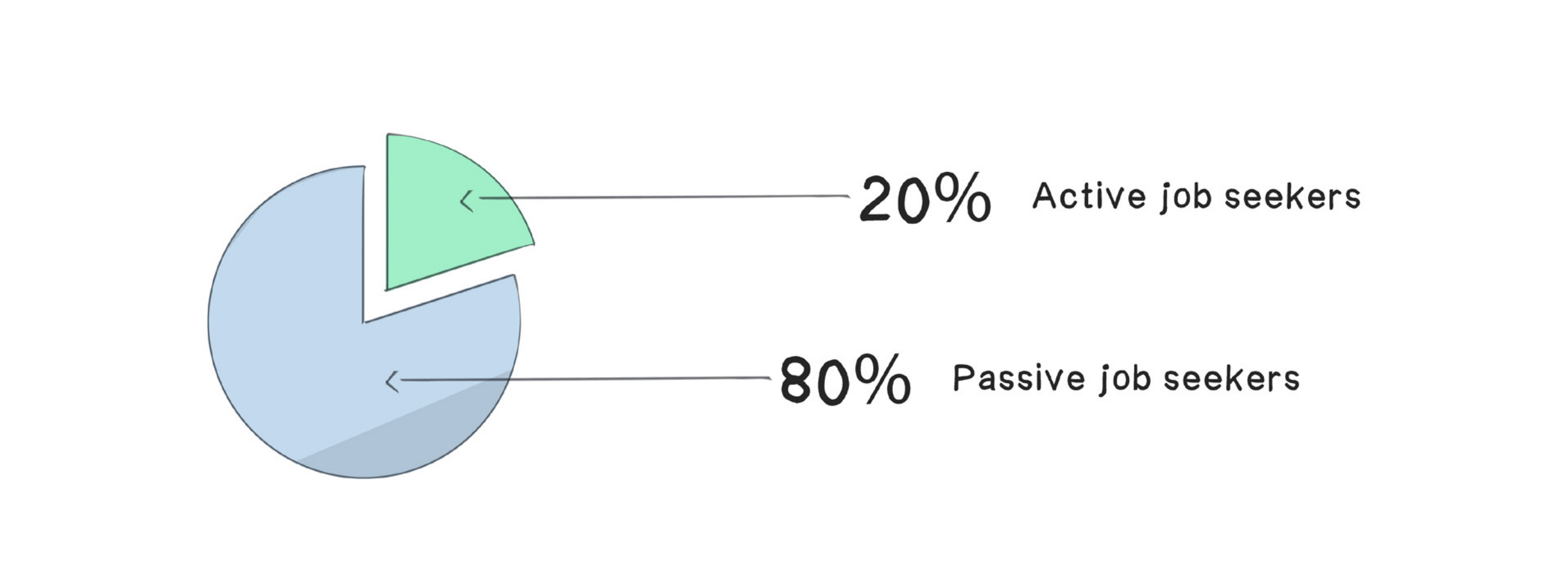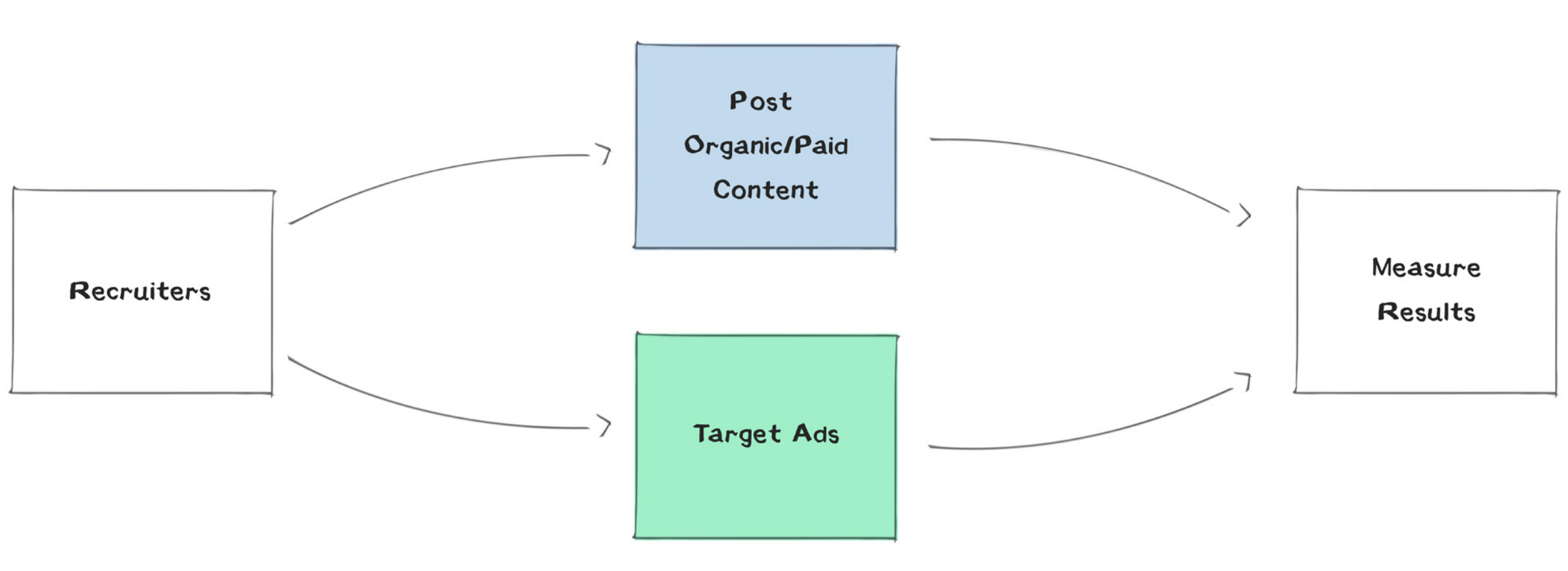The Changing Face of Talent Acquisition
How does the global shortage of skilled labor impact the talent acquisition industry?

Ana Maria Mares
Digital Analytics Strategist
Right now, at this very minute, recruitment and hiring are undergoing
a tectonic shift. The era of using traditional recruitment methods like
recruiting agencies and posting on job boards is quickly coming to
an end. Why? Because the global shortage of skilled labor has put
modern job candidates in a position of unprecedented leverage, in
which the most skilled candidates can be as picky as they like when
it comes to choosing their place of employment. If you fail to make a
positive impression with your employer brand and your EVP, you risk
losing out on qualified hires who opt for jobs elsewhere.

For many companies, the most plausible solution to this ongoing
conundrum is to concentrate a large percentage of their resources
on what had been, until now, a largely untapped resource: passive
job candidates. Unlike the roughly 20% of candidates who are
actively seeking out new employment at any given time, the passive
80% can’t be readily reached through job boards like Craigslist
and Indeed. Likewise, they don’t work with recruitment agencies.
Nonetheless, the overwhelming majority of them would switch jobs
if the right opportunity presented itself.
The question you have to ask yourself as a recruiter is this: how can you make sure that these candidates realize that the opportunities they’re being offered with your company are “the right” opportunities? How can you not just familiarize passive job candidates with your employer brand, but get them to associate that brand with an exciting EVP (employee value proposition) and consider taking a job with your company?
For many businesses, answering these questions has involved taking a page out of traditional marketing’s playbook. Instead of relying on traditional hiring methods, recruiters are increasingly using tools like social media and paid search results to familiarize passive candidates with their employer brands. And there’s good reason to expect results from these strategies: Facebook alone boasts more than 2 billion users, which means that any passive job seekers you might be targeting are already likely to spend their time there.
Studies also show that most job candidates will take a company’s social media presence into account during their research into where to apply. Thus, social media already plays a role at every stage in the applicant funnel—it’s just a matter of taking control of the image you present there. A positive, engaging, and carefully targeted image can help you to position yourself as the employer of choice within your field.
Like we said, there’s good reason to expect results from these new strategies, but there are also challenges that will need to be overcome if recruiters are to implement them effectively.
Specifically, recruiters need to find a way to post organic and paid content, target ads to particular audiences, and measure their results across a whole host of web channels—many of which don’t have native scheduling or tracking capabilities—all in a manner that’s even remotely time-efficient.

Traditional marketers have been working on this issue—the issue of making this social media activity much more feasible from a time management perspective—and the approach that many have landed on is marketing automation, i.e. workflows in which the scheduling and tracking of social media ads and posts are in some way automated to save marketers time and empower them to make data-driven decisions. If they’re going to be effective in this increasingly competitive talent market, modern recruiters need to do the same.
At SmartDreamers, we’ve worked to give recruiters these capabilities, and in this eBook, we’re going to explain how we’ve automated crucial recruitment marketing tasks, and how this level of automation will benefit recruiters. But before we can take a deeper dive into what these technologies mean for recruitment marketers, we first need to talk about robots.